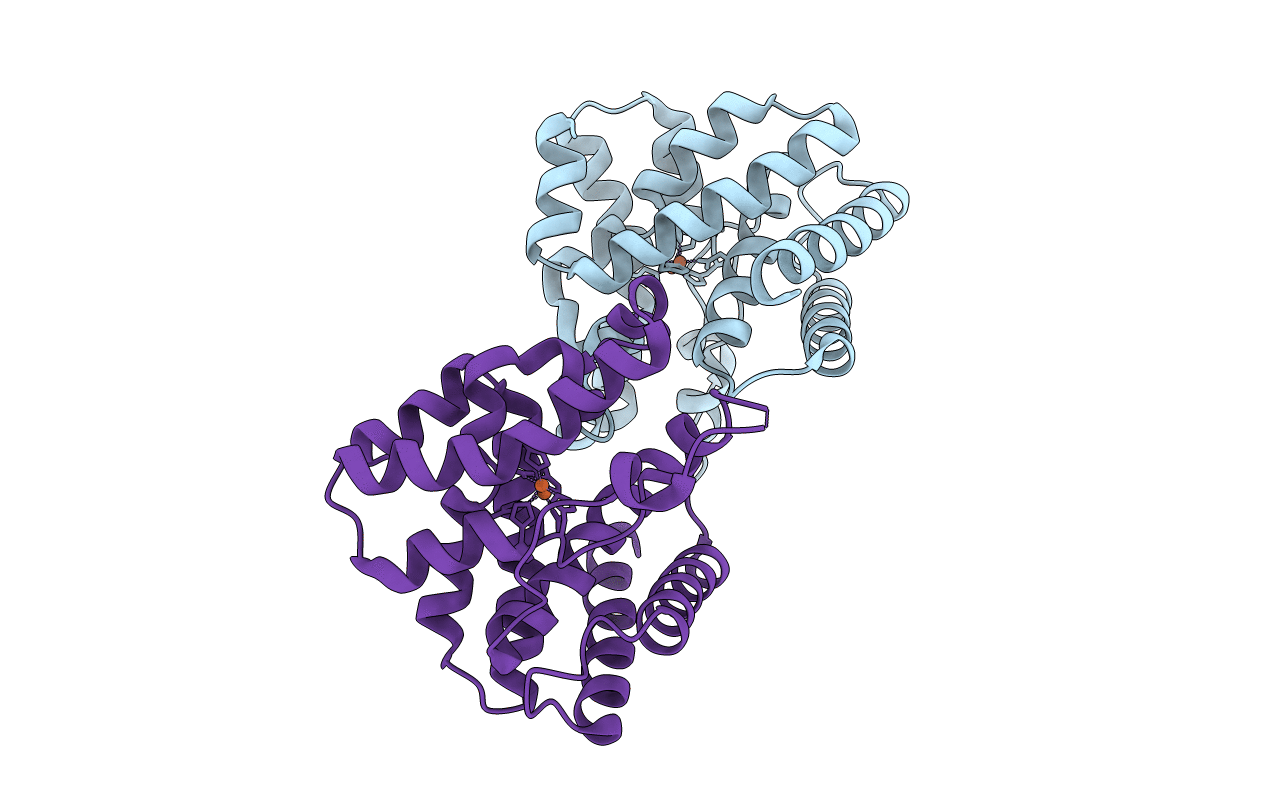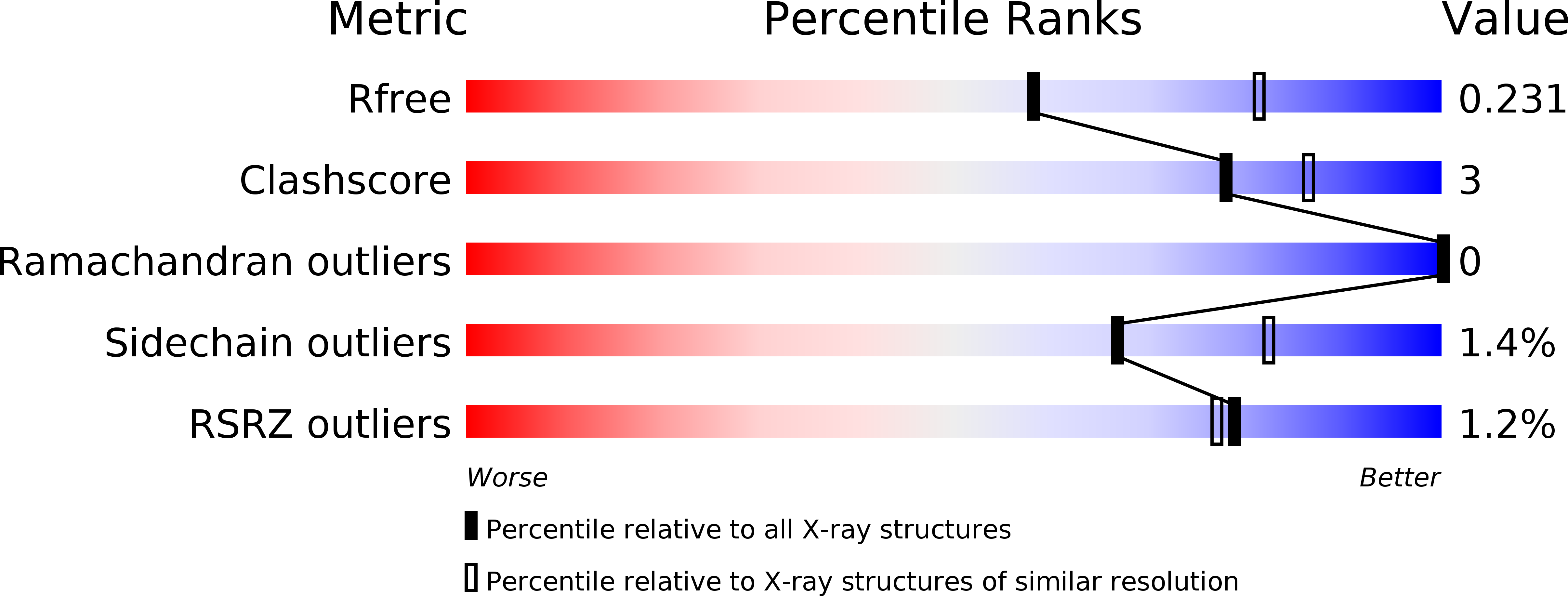
Deposition Date
2015-01-12
Release Date
2015-02-11
Last Version Date
2024-02-28
Entry Detail
PDB ID:
4S1C
Keywords:
Title:
Crystal Structure of L. monocytogenes phosphodiesterase PgpH HD domain
Biological Source:
Source Organism:
Listeria monocytogenes (Taxon ID: 169963)
Host Organism:
Method Details:
Experimental Method:
Resolution:
2.40 Å
R-Value Free:
0.23
R-Value Work:
0.18
R-Value Observed:
0.18
Space Group:
P 61


